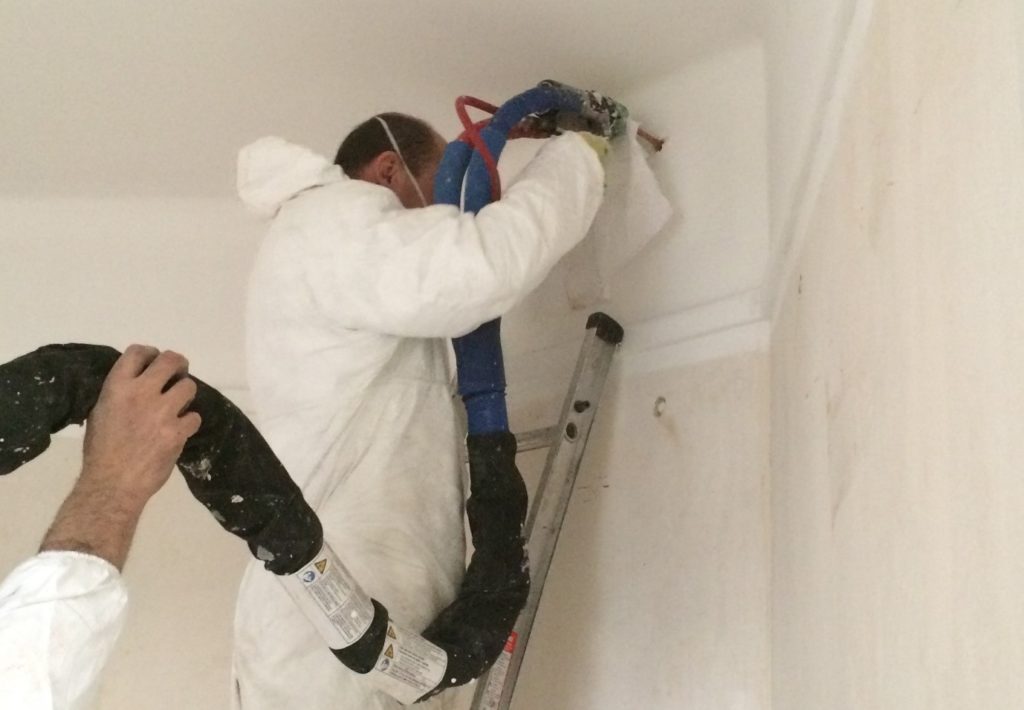How to make your older home more energy efficient: our top resources
Climate Change, Sustainability | Written by: Anne Schmidt | Monday 11 April 2022
With the climate crisis in focus, it’s more important than ever to make our homes as energy efficient as possible.
Because of this, combined with rising energy prices, we’ve gotten a lot of questions about how to improve energy efficiency in traditional (pre-1919) buildings. Luckily, this is an area where we’ve done a lot of research!
Before you read on, make sure your building is well maintained and dry. Wet walls not only lead to mould and costly repairs, they also make buildings less energy efficient. So before considering energy efficiency measures, check your building is wind and watertight.
All good? Discover some of our top resources where you can find out more about how to improve the energy efficiency in your traditional home.
1. The Guide to Energy Retrofit
Our newest publication is a one-stop-shop for all your energy retrofit needs. It guides you through the considerations that are important when retrofitting traditional buildings, including Listed Building Consent, and which materials are suitable for these buildings.
You’ll learn all about the different measures and how much they improve the energy efficiency of your home. This means you can compare different methods and consider what will make the most impact.
Download the Guide to Energy Retrofit of Traditional Buildings.
2. Our Building Advice Web Pages

Find out how to upgrade your sash and case windows, how to insulate your stone walls or build your general knowledge about energy efficiency measures with our ‘common problems’ building advice. You can find links to our publications and other resources along with handy how-tos.
3. Inform Fridays
Update your personalised ad preferences to view content
Our monthly livestreams look at different topics about traditional buildings. During the sessions, homeowners can ask questions about some of the problems they encounter. One livestream session was all about energy efficiency, where our experts look at retrofit options to make your traditional home more efficient.
Watch this and all the other live sessions on our YouTube playlist.
4. Refurbishment Case Studies

Insulated plaster installed at Downie’s Cottage, as explained in Refurbishment Case Study 22
If all of this is a bit too theoretical, and you find yourself asking “yes, but how does this work in real life?”, fear not. We have tried many of the possible energy retrofit options on a range of different buildings, from a mid-19th century lodge in Edinburgh, to a rare rural cottage in Braemar. There is almost definitely something there that is similar to your situation.
Browse our full range of Refurbishment Case Study publications.
5. Blogs about different ways to save energy

The installation of foam insulation in a traditional building
Alongside this very blog, we have a number of other ones about energy efficiency in your home. Back in 2020 we published ‘Old buildings can’t be energy efficiency, right?’ where our expert Lila looks at the measures put into some of our case studies.
We also have a blog titled ‘9 easy ways to save energy in an older home or building’ with handy tips specifically aimed at traditional buildings. Did you know that options such as infra-red heaters and floor heaters can make a cold space feel warmer? Find out how this works and more in the blog .
Partner Organisations
Don’t forget that there are other organisations out there that can help with energy efficiency measures. Some of our partners such as Home Energy Scotland and the Energy Saving Trust have great information about saving energy, renewable heating options and energy efficiency measures for all homes.
Citizens Advice Scotland have in-depth advice on funding for energy efficiency in homes, as well as advice on what support is available if you’re struggling to pay your bills.
Just bear in mind that traditional buildings require slightly more thought so that any chosen material does not cause problems in the future.
- Share this:
- Share this page on Facebook
- Share on X
About the author:
Anne Schmidt
Anne Schmidt is a Content Officer, working at the Engine Shed. Her background is building conservation and she enjoys telling people about different traditional building materials, particularly lime and sustainable refurbishment.
View all posts by Anne Schmidt



